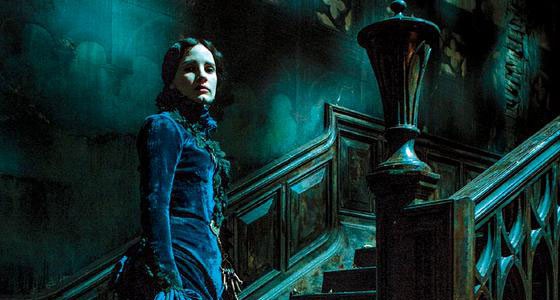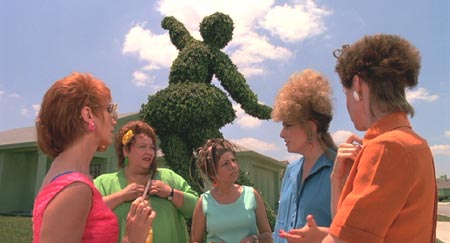
You are in an abandoned mansion in the middle of nowhere.
You are a governess, left alone with oddly acting or obviously evil children.
You are isolated from the rest of the world by weather, geography, and/or another outside force beyond your control.
You do not trust the evidence of your own senses.
You might be in The Turn of the Screw by Henry James,
or This House Is Haunted by John Boyne
It is stormy, dark and gloomy.
You are the captive of a scheming and sadistic governess, teacher, caretaker, or relative.
You are trapped in the walls, a basement, a closet, or an attic.
There is a hedge maze, Escher-style stairs, or carnivorous beast on the property.
Authorities are absent or unable to help you.
You might be in Flowers in the Attic by V.C. Andrews,
or Misery by Stephen King
Your house is a former asylum or school, built over a graveyard, or the site of a cold-case murder.
You have specifically been told not to open a door.
Ghosts are either menacing you, possessing you, or asking you for help.
An inanimate object starts talking to you.
Someone is leading you through dark, underground tunnels or catacombs.
Your nightmares seem very, very real.
You might be in Down A Dark Hall by Lois Duncan,
or the stories of Edgar Allan Poe
It is bright and sunny, and everyone is very, very, happy.

You are uneasy without obvious reason.
You are uneasy with obvious reason.
Everyone in town is related to (or at least knows) everyone else.
There is a terrible secret in your town’s past (or present).
A disturbing community ritual, probably involving demon worship, is scheduled for the near future.
You are offered a favor in exchange for your soul.
You find a book or journal that clearly will summon an ancient evil.
You might be in The Thirteen by Susie Moloney
or The Stepford Wives by Ira Levin
A classified, experimental government program has gone awry.
An inexplicable and incurable virus has infected the majority of the population.
A malicious mythical creature attempts to eat you, assimilate you, or seduce you.
A vigilante or cult-like group is bent on destruction.
You might be in The Strain by Chuck Hogan and Guillermo del Toro
or The Fireman by Joe Hill
Giant, mutated creatures are approaching.
Ominous, tentacled creatures appear on the scene.
The narrator or main character is showing clear evidence of insanity.
You might be in Maplecroft by Cherie Priest, Clickers by J.F. Gonzalez,
or the works of H.P. Lovecraft.
People are dying in brutal, horrifying, appalling ways.
Someone, or something, wants to eat you for dinner.
You might be in Succulent Prey by Wrath James White,
or Monster Island by David Wellington
Your perceptions are unreliable or distorted.
You can’t trust your memories.
You can’t trust the media.
You might be in A Head Full of Ghosts by Paul Tremblay
You have a feeling of bone deep terror.
That unending sense of dread just won’t go away.
You hear a loud “slam” and things go dark…
You’re probably trapped in a horror novel. Let’s hope that your reader decides to open up the book again, and gives you a chance to escape!
Editor’s note: not all books are appropriate for all readers.. and I wouldn’t wish any of you to be trapped in any of these!




 Beowulf by Anonymous
Beowulf by Anonymous






Follow Us!